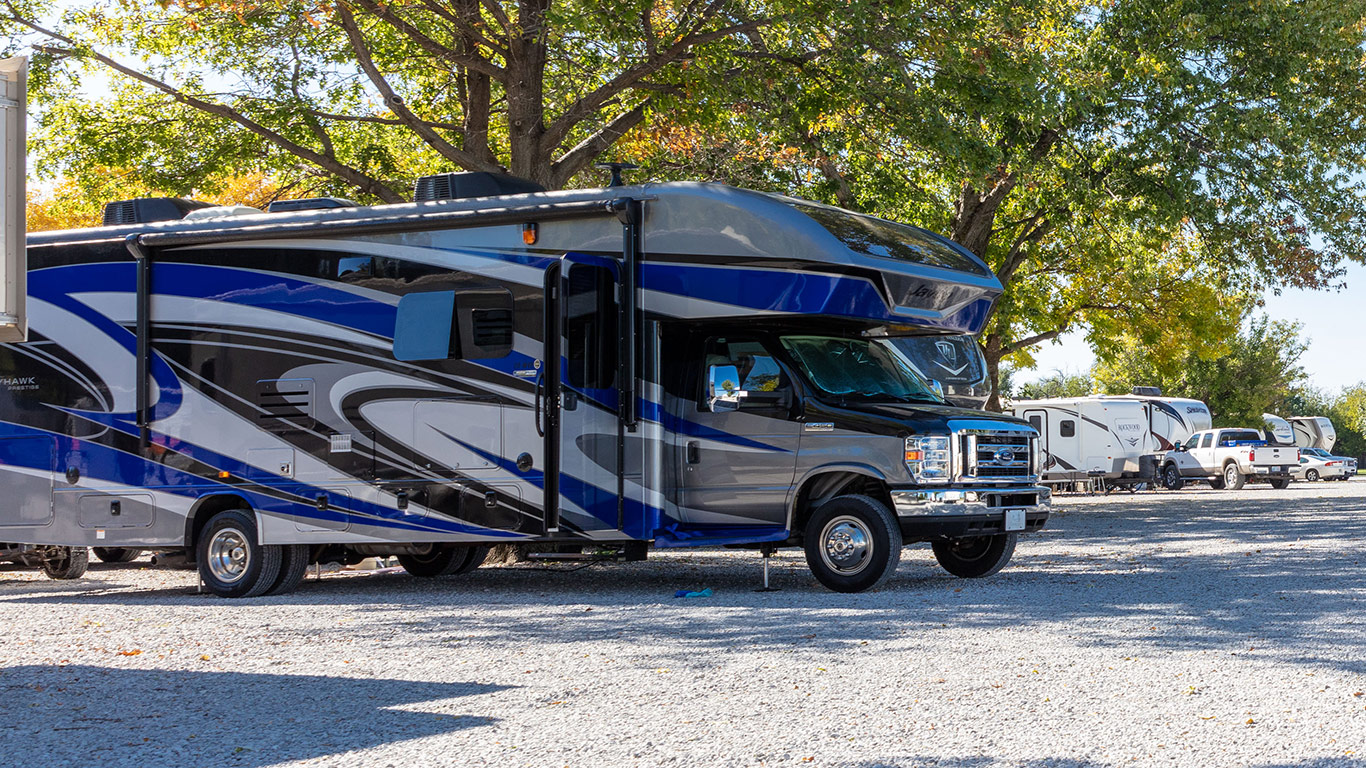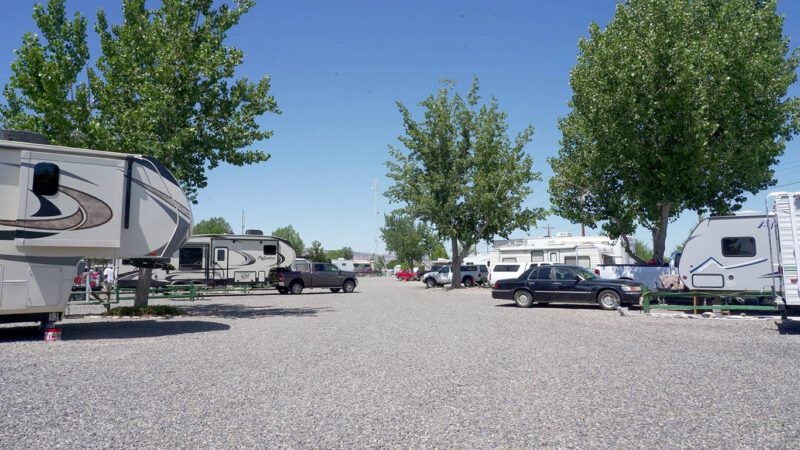
As the summer comes to an end and the weather starts to cool down, it’s time to start thinking about winterizing your RV. Winterizing your RV is the process of preparing it for storage during the winter months. This will help to protect your RV from damage caused by the cold weather, such as freezing pipes, cracked tanks, and damaged appliances.
Tools You Will Need
- A level
- Drain hose
- Water pump converter kit
- Antifreeze (RV-specific)
- Air compressor
- Electric space heater
- Foam pipe insulation
- RV cover
Steps Involved in Winterizing Your RV
- Thoroughly clean your RV. Take out all food, clean from top to bottom, and disinfect all surface areas.
- Level your RV. This will help to ensure that all of the fluids drain properly.
- Turn off the water supply. This is usually done by closing the main water valve.
- Drain the water system. This is the most important step in winterizing your RV. Drain the fresh water tank, the water heater, and all the faucets and showerheads. Be sure to open the low-point drains on the outside of the RV as well.
- Bypass the water heater. This will prevent wasting 6 – 10 gallons of antifreeze.
- Add antifreeze to the water system. Use a water pump converter kit to draw RV-specific antifreeze into the water lines. Be sure to run the antifreeze through all the faucets and showerheads until you see pink antifreeze coming out.
- Blow out the water lines. This will remove any remaining water from the lines and help prevent them from freezing. Use an air compressor to blow air through the lines until all the water is gone.
- Protect the batteries. Disconnect the batteries and store them in a warm place. Alternatively, you can use a battery maintainer to keep them charged during the winter.
- Lubricate all moving parts. This will help prevent them from rusting and seizing up during storage.
- Close all windows and vents. This will help keep the RV warm and dry during storage.
- Insulate the RV. This will help protect the RV from the cold weather. Use foam pipe insulation to insulate the exposed water lines. You can also use an electric space heater to keep the RV warm.
- Cover the RV. This will help protect the RV from the elements. Use a high-quality RV cover that is specifically designed for your RV.
By following these steps, you can help protect your RV from the cold weather and ensure that it is ready for use when the warmer months return. Winterizing your RV is an important process that will help to protect your RV from damage during the winter months. By following the steps outlined here, you can ensure that your RV is properly winterized and ready for storage.

Recent Comments